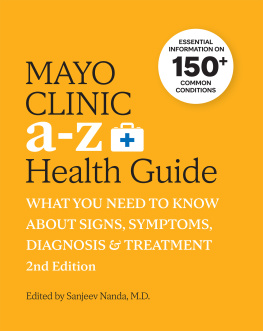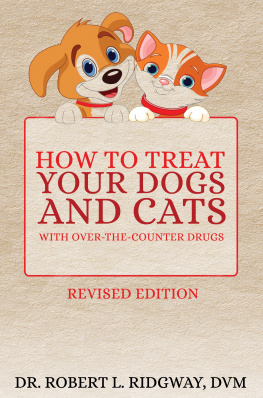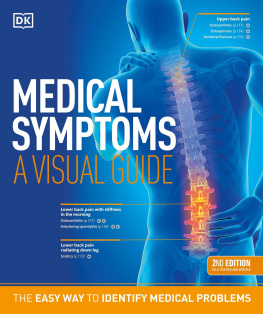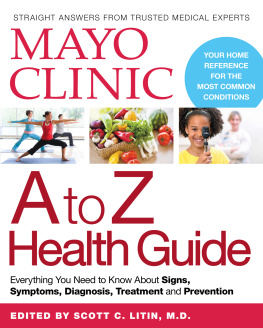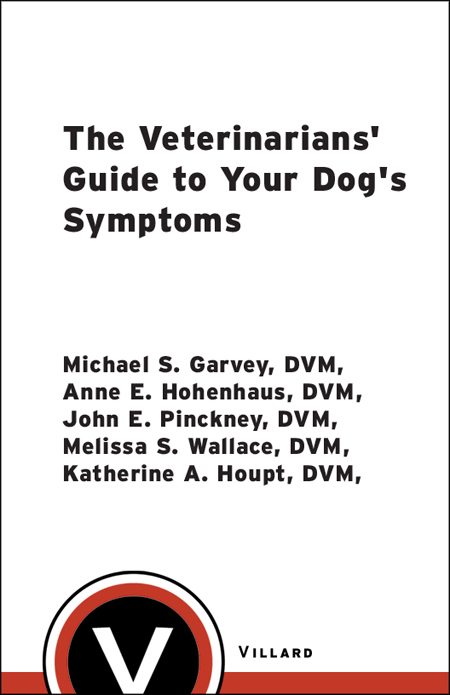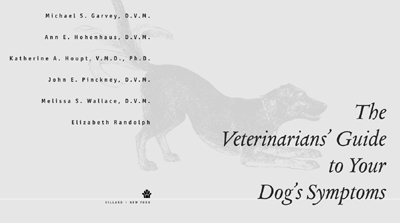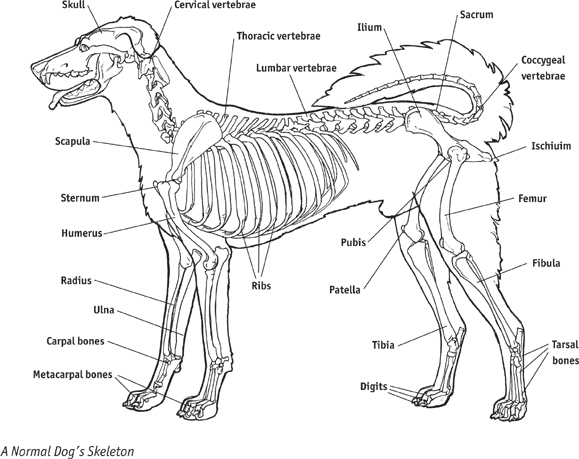Michael S. Garvey D.V.M. - The Veterinarians Guide to Your Dogs Symptoms
Here you can read online Michael S. Garvey D.V.M. - The Veterinarians Guide to Your Dogs Symptoms full text of the book (entire story) in english for free. Download pdf and epub, get meaning, cover and reviews about this ebook. year: 1999, publisher: Villard, genre: Detective and thriller. Description of the work, (preface) as well as reviews are available. Best literature library LitArk.com created for fans of good reading and offers a wide selection of genres:
Romance novel
Science fiction
Adventure
Detective
Science
History
Home and family
Prose
Art
Politics
Computer
Non-fiction
Religion
Business
Children
Humor
Choose a favorite category and find really read worthwhile books. Enjoy immersion in the world of imagination, feel the emotions of the characters or learn something new for yourself, make an fascinating discovery.

- Book:The Veterinarians Guide to Your Dogs Symptoms
- Author:
- Publisher:Villard
- Genre:
- Year:1999
- Rating:4 / 5
- Favourites:Add to favourites
- Your mark:
The Veterinarians Guide to Your Dogs Symptoms: summary, description and annotation
We offer to read an annotation, description, summary or preface (depends on what the author of the book "The Veterinarians Guide to Your Dogs Symptoms" wrote himself). If you haven't found the necessary information about the book — write in the comments, we will try to find it.
and what steps to take to ensure its health.
This comprehensive and practical book is designed to assist dog owners in understanding their pets bodies and health based on signs and symptoms of disease, and in determining the most common medical problems that might cause particular symptoms.
Adopting the decision chart format from popular symptom guides for human ailments, such as the American Medical Associations Guide to Your Familys Symptoms and Take Care of Yourself, five leading veterinarians have designed a user-friendly chart system that will guide a pet owner from noting the symptom and observing the dogs behavior to understanding the associated signs of an illness, the possible conditions, and the best steps to take. Filled with more than two hundred charts in an easy-to-follow two-color format and medical drawings, The Veterinarians Guide to Your Dogs Symptoms is the indispensable reference for dog owners. It not only considers the problems of sick and injured pets, but also addresses the needs of healthy animals. It has all the information a dog owner needs:
What a healthy dog should look like
Flow charts to the 150 most common symptoms
Training and behavior issues, such as housebreaking and aggression
Emergency first aid, including how to apply bandages and create
a makeshift muzzle
A glossary of veterinary diagnostic tests and medical terms
With this unique combination of medical information and advice, plus an innovative chart system, The Veterinarians Guide to Your Dogs Symptoms will enable pet owners to help their dogs live long, healthy, and happy lives.
Michael S. Garvey D.V.M.: author's other books
Who wrote The Veterinarians Guide to Your Dogs Symptoms? Find out the surname, the name of the author of the book and a list of all author's works by series.

